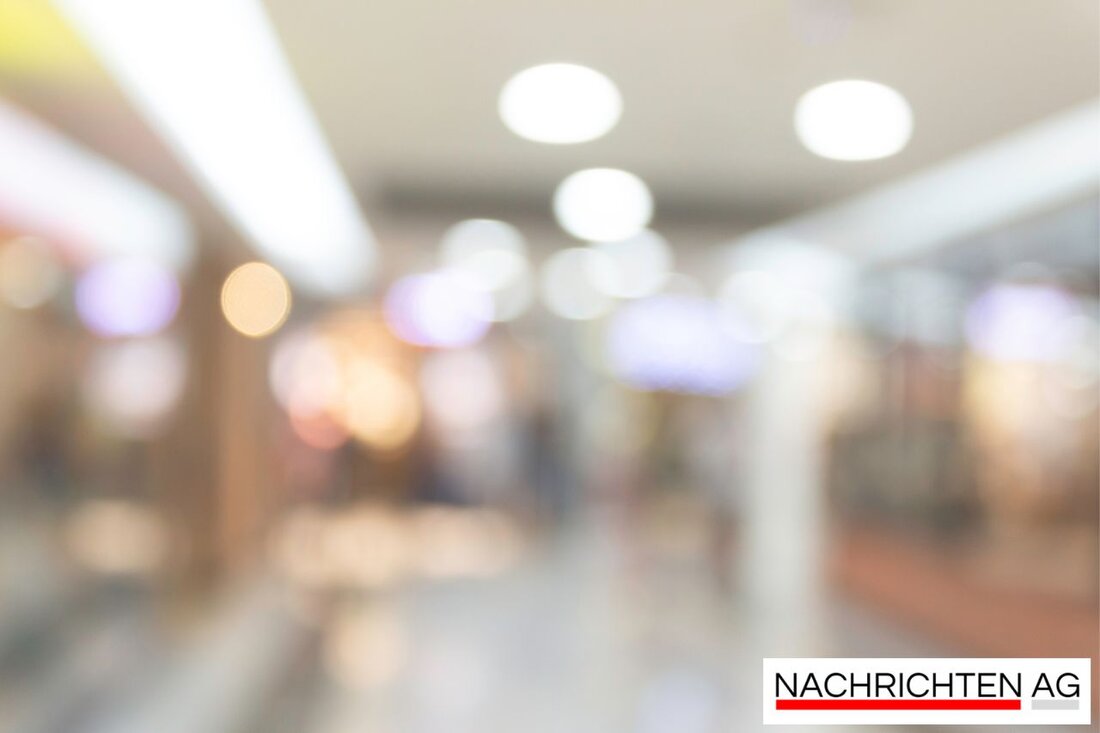Art in the clinic: Paintings bring warmth to the neonatology!
Simon Surjasentana, nurse and artist, uses oil paintings to decorate the neonatal intensive care unit at St. Marien Hospital Bonn.

Art in the clinic: Paintings bring warmth to the neonatology!
Everyday hospital life can often be challenging, especially in a neonatal intensive care unit where every little life counts. But this is exactly where art becomes a valuable companion in everyday life. The nurse and artist Simon Surjasentana created two large-format oil paintings for the St. Nikolaus pediatric and neonatal intensive care unit at St. Marien Hospital Bonn. These works of art are more than just colors on a canvas; They honor the cooperation between nursing staff, doctors and the families of patients. Local click reports that Surjasentana began drawing everyday situations in the hospital in 2012 and deepened his passion for painting in 2016 while studying art.
Over the past few months, Surjasentana has worked closely with the ICU team led by PD Dr. med. Katja Schneider is directed. This ward looks after premature babies as well as sick newborns and children who need intensive care support. His paintings capture the warmth and care of the team as well as the close connection with the newborns and are intended to convey a sense of calm. What is particularly noteworthy is that Surjasentana has often discussed medical interventions in his previous work, but in neonatology he consciously highlights cooperation and teamwork. The article reports that the paintings were ceremoniously handed over to the intensive care unit last week.
Art as a healing force
Art and health go hand in hand, and that's not just a statement. As a new WHO study shows, art can actually help fight noncommunicable diseases. Christopher Bailey, an expert at the WHO, has emphasized that although art does not provide medical cure, it can have healing effects by creating personal meaning. This is proven by numerous projects that bring artistic blessings into the health sector. The WHO highlights that 90% of all deaths in the region are due to non-communicable diseases and art is seen here as a valuable complement to medical treatment.
Surjasentana uses his art not only to beautify the walls, but also to enable a respectful reflection of everyday hospital life. One aspect that comes up again and again in the discussion about art is the definition itself: The term “art” comes from the Middle Low German word “kunst” and means primarily knowledge and ability. Wiktionary informs about the roots and meaning of art, which is valued in different cultures as a craft and expression of human skill.
At a time when the connection between art and healthcare is becoming increasingly important, Simon Surjasentana's example impressively shows how important it is not only to look at the medical side, but also to appreciate the emotional and human aspects of everyday hospital life. His works are not only art, but also convey the deep humanity that defines healthcare. Testimonials from doctors and nurses reinforce the sense of the positive impact of art on the well-being of patients and staff. We can look forward to seeing how this development develops in the future.

 Suche
Suche
 Mein Konto
Mein Konto